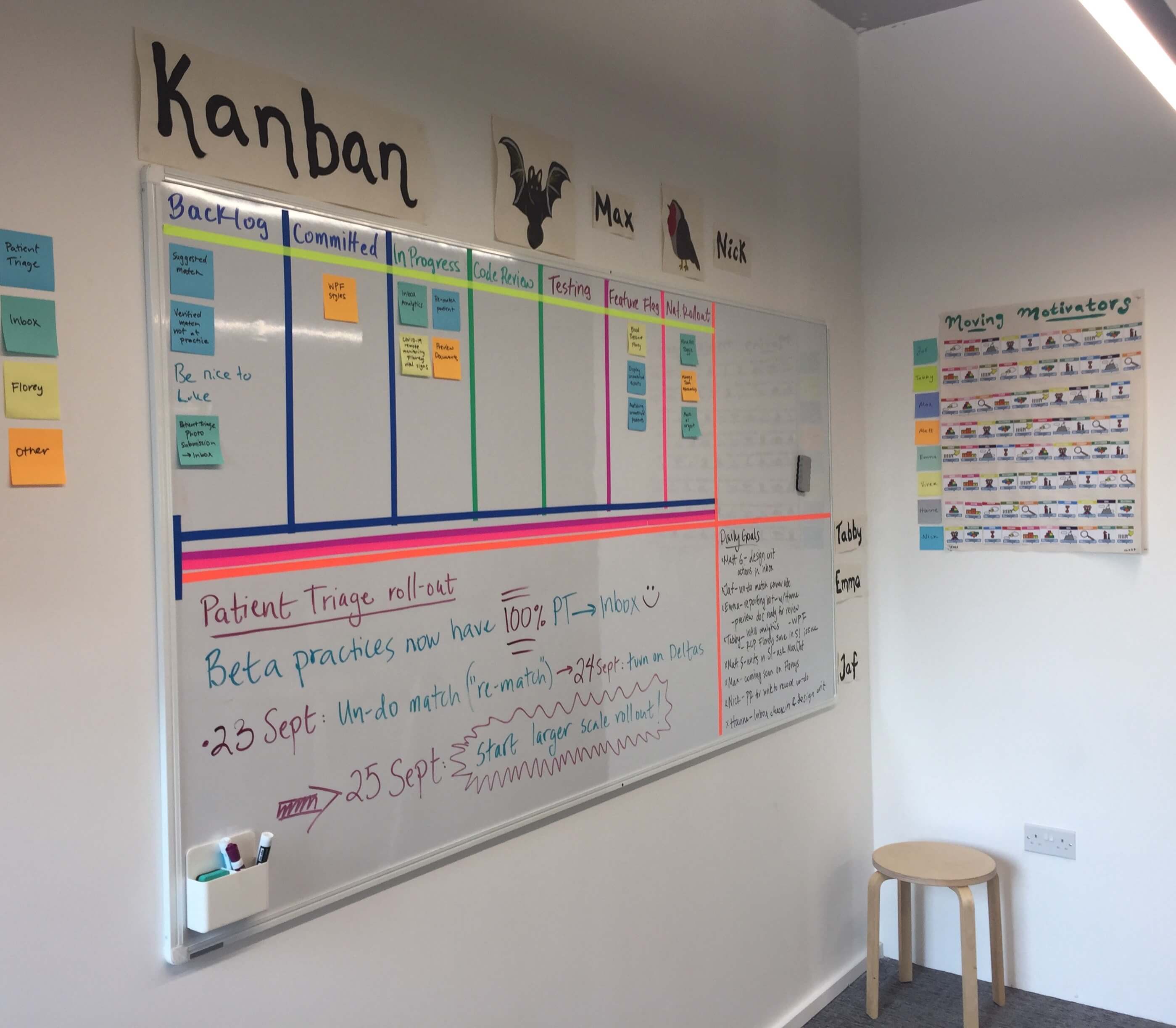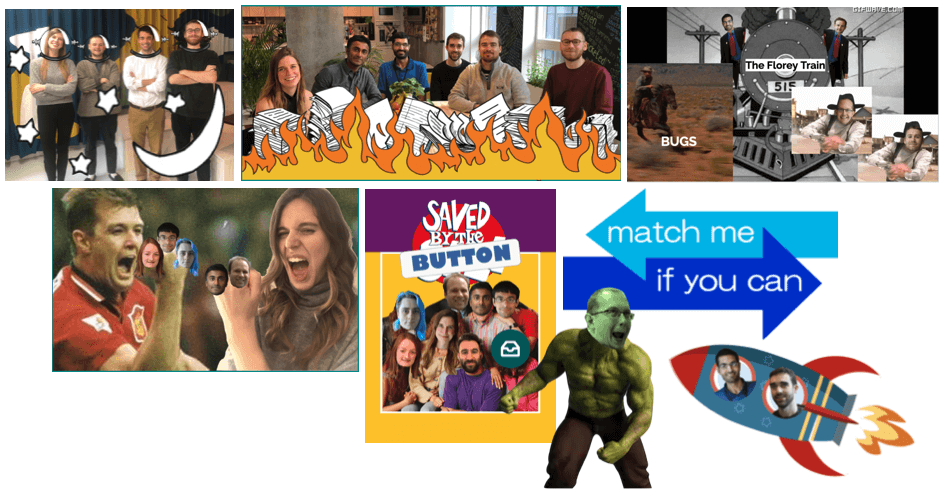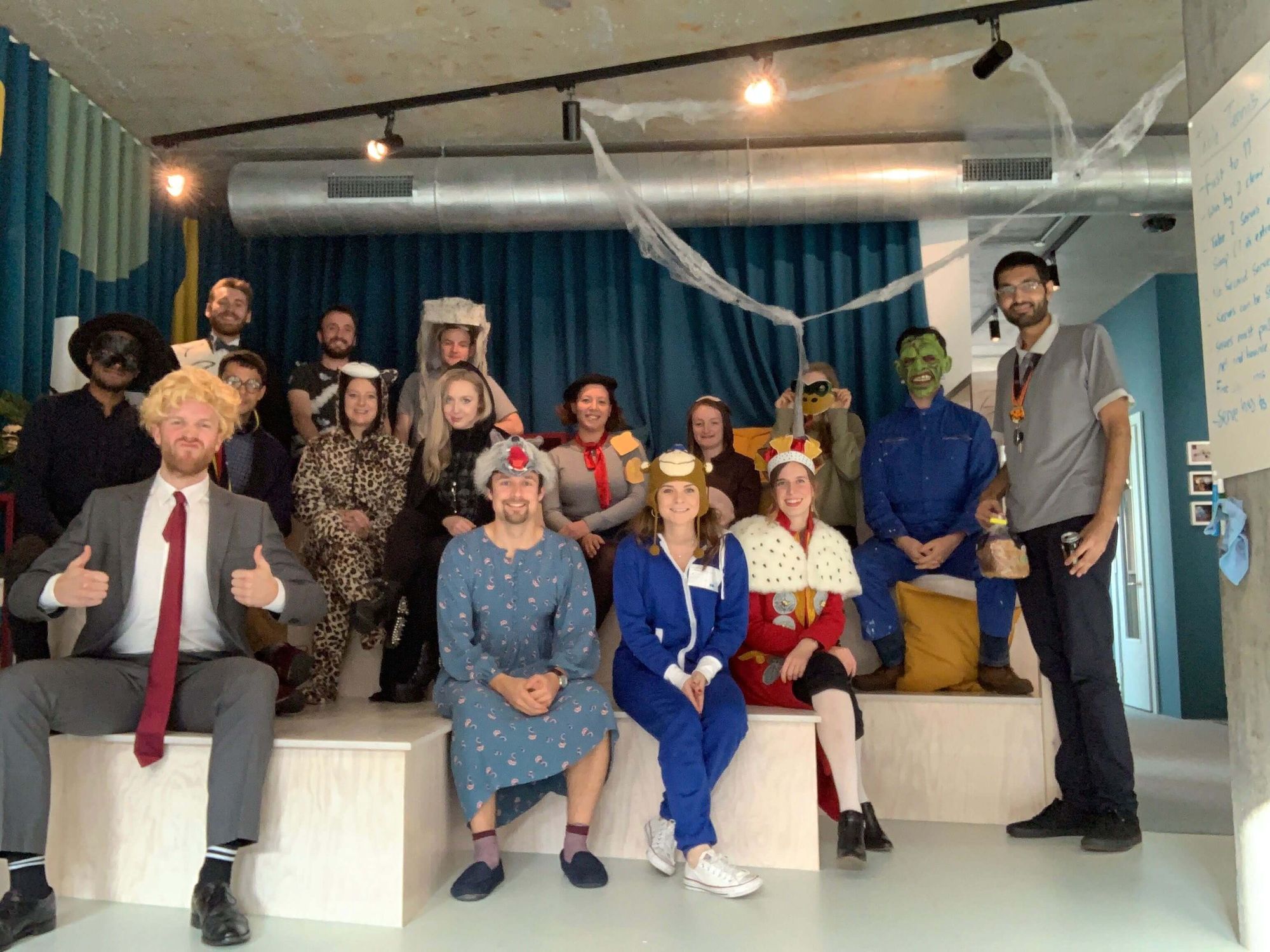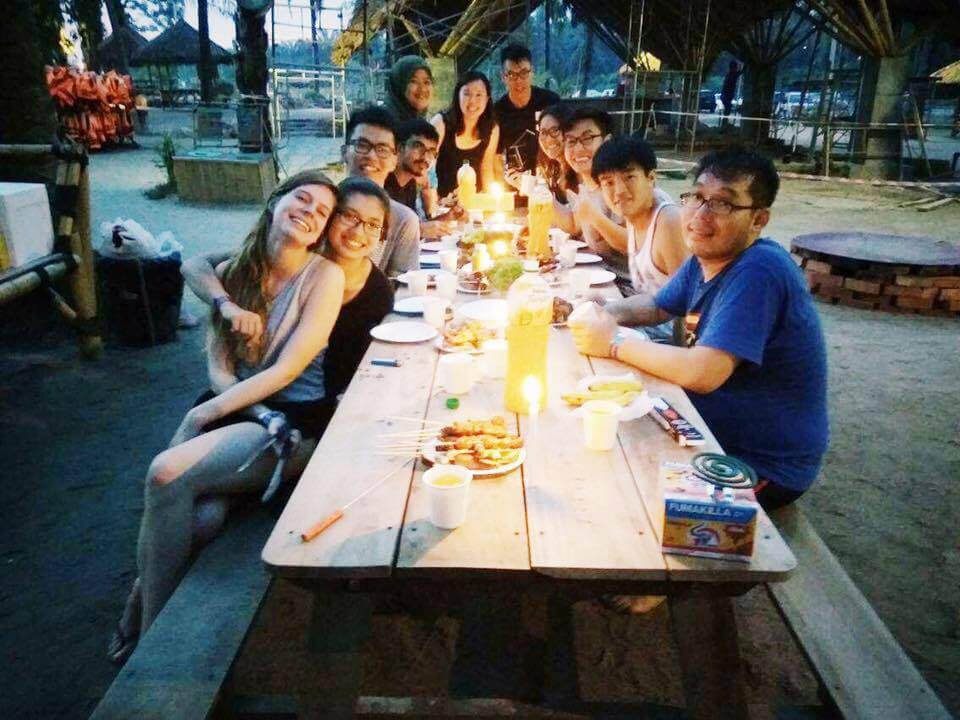In 2015, I was the country manager of an iNGO in Malaysia where I managed a cross-functional team of 13 people. The organisation didn’t pay us much in terms of money, but tons in terms of impact.
This unique opportunity gave me a chance to trial-and-error a lot of different team management tactics and one of the most effective things I found for increasing productivity, ownership, and morale (which all meant increasing the retention of my team) was investing in culture-building.
Now as a product manager in a health-tech scale-up, I am constantly thinking about what I can do to help make our team stronger. A lot of it comes back to culture, and creating systems that make people feel connected and have fun (because having fun makes it so much easier to get things done).
Four steps to build the right culture in your product team
Start off with trust
The bedrock of any strong team is a baseline of trust and shared vulnerability. This is absolutely vital to ensuring the members of your team are willing to be pushing outside of their comfort zone as you test out new culture building elements.
In the book The Five Dysfunctions of a Team by Patrick Lencio the absence of trust is listed as the foundation of why a team cannot become high performing. If starting off with a new team, or trying to salvage a struggling team, the team needs to first have an existential conversation about:
- Why they are a team [mission]
- Where the team is going [vision]
- How the team is going to work together to get there [working agreement]
Most people have never been part of a great team so it’s hard for them to understand why these conversations are necessary (“wouldn’t it be better if we just got some work done??”) But, if you are set on being a “real” team, buy-in from everyone involved is necessary.
If this feels familiar, start small. Ensure first and foremost that there is visibility of what is being worked on in the team as this can often cause tension.

- Ask everyone to write down what they are currently working on onto post-it notes and put them up on the wall. Create a simple kanban board of “To do,” “Doing,” and “Done” and let your team enjoy the process of moving the post-it notes along the journey. This kanban board can then evolve to fit the needs of your team — but the simple act of having it on the wall is hugely impactful.
- Have daily stand-ups. (Later on, you can make these more fun by introducing little rituals like snaps, claps, or music, but hold off on this to start).
- Encourage the team to eat lunch together (either virtually or in person) at regular intervals. This is a great tool for allowing organic conversations.
- Plan team socials, such as rock climbing or kayaking as these activities help put our “work-guards” down. If remote, quizzes and online games like Dominion or Ticket to Ride can also be great.
As a product manager, I’ve run exercises like Moving Motivators and StrongSuits which are both good activities to break down barriers and get to know each other better.
Next, focus on identity
People respond positively to a sense of belonging. Once you’ve gotten to a place where your team trusts each other and is aware of what they are working on together and towards, you can move on to implementing things in your team that only your team does.

- Choose a team name — and use it for titles of internal meetings and socials.
- Create a team image/brand/logo — you can even put this on a poster for your wall, on t-shirts, or mugs!
- Choose a team song for a specific fixed time period (like for the run up to a specific goal). At the start of every stand-up, play 30 second of it. It sounds silly, but it really creates a “connection” within the team — and when you hear the song later on, you can reminisce about what you did that cycle!
- Choose a team liquor connected to a specific goal. If you achieve the goal, buy a bottle of it and make cocktails (send airplane-size bottles to people working remote).
- Create a dream board for a goal (either longer term or just a specific time period). Set a theme/topic and everyone searches for images that represent that theme to them. Print it all out and make a collage to hang on the wall.
- Create a non-work-related “challenge” for a week — e.g. “step counter” — everyone reports on their daily steps every morning at stand-up and “compete” for the top score throughout the week. Bonus: keep a leadership board.

- Have a dress-up day for the team (“wear all black”, “dress up like a hipster,” “dress like your CEO” etc) BUT don’t tell the other teams and see if they figure it out.
- Create a nice space to work in (posters, colours, whiteboards, things useful for teamwork and collaboration).
Levelling up
You know your team is levelling up when you are able to have productive and healthy conflict as part of team discussions. When your team members are bought in and passionate about why, what, and how they’re working, this will show up in disagreements. This is a good thing and something you want to encourage as you’ll come up with better solutions because of it.
The team I worked with in Malaysia was exceptional in many ways and I often felt like I didn’t even have much work to do myself because things were just running smoothly on their own. When this happened, I got to start innovating, and here are some really fun things we were able to do because of it:
- Our team name was “Rojak” which (roughly) means “fruit salad” in Bahasa — every Thursday after our weekly team meeting, everyone in the team (including any visitors or interns) would be expected to buy a piece of fruit and we would make a big fruit salad to share.
- We made team sweatshirts with our team logo and would wear them while dancing our team dance to our team song.
- One of our collaboration partners was a paint supplier who donated paint to us. We spent the following weeks all painting the office together (in 35C heat, this was maybe not one of my better ideas, but it certainly was memorable!)
- We needed new office furniture for our meeting rooms and rather than going with traditional chairs, I ordered rainbow coloured beanbags. It changed the whole dynamic of how people met with each other.

- Our office was “shoe free” so everyone got their own slippers. We have several team photos where we are all wearing our slippers together.
- We would bring in external coaches to host sessions for us on different topics (e.g. goal setting, ways of working, connecting purpose to action, etc.)
- We all went to Bali together and rented a huge villa with a pool for 4 days.
How to build culture
A big part of creating culture is logistical which is not the sexiest thing to do, but very necessary if you want to make some of these things happen. It can be a push to get things started, including lots of date and time coordination, calling or booking events and activities, and general cheerleading pep talks to get people committed and willing to engage.
Things may feel a bit silly at first, but they work! Once you get the ball rolling, people will jump on board because we all like to have fun, to laugh, to work with people you like and to create shared memories.
Are you creating a culture that's making your teams stronger? What are you doing to build that critical baseline of trust? Let us know, join our Slack community today and share your insights and inspo with product peers from around the world.👇




 Follow us on LinkedIn
Follow us on LinkedIn



